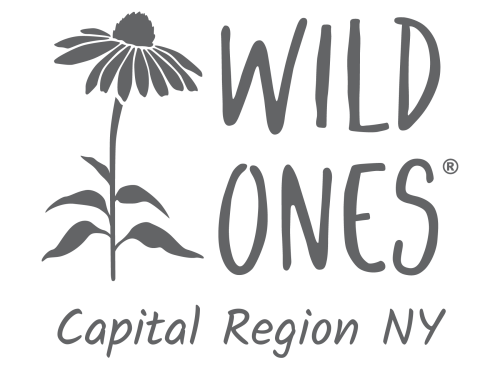Our Wild Ones Chapter grows in 2025
Welcome new Capital Region members! Our local chapter continues to add new members this year. Many thanks to all those joined and embraced the Wild Ones commitment to connecting people and plants for a healthy planet. The new members who signed up between January and May 2025 hail from all over the Greater Capital Region. […] Continue reading "Our Wild Ones Chapter grows in 2025"
